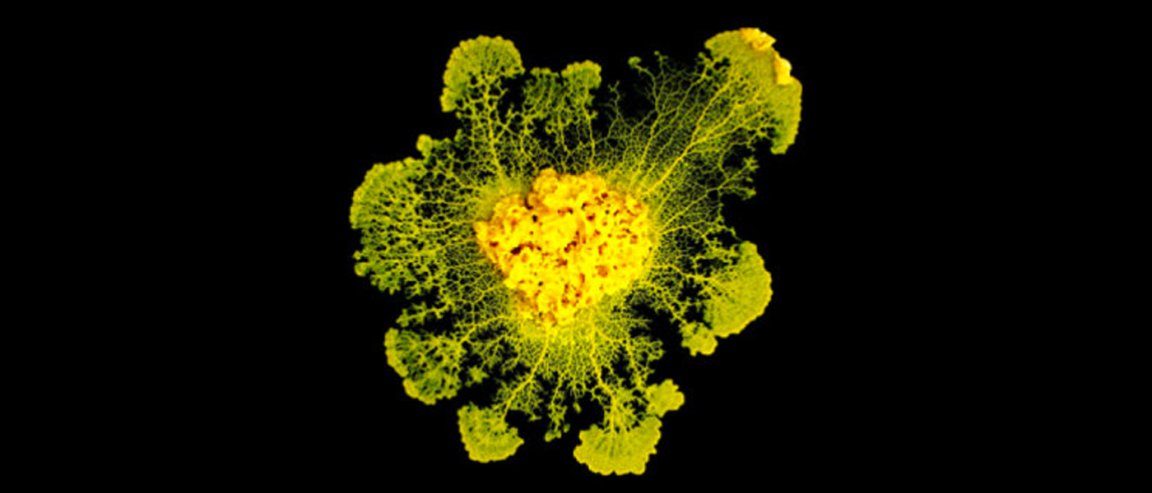
The Learned One
Sentience and the ability to learn is still largely a mystery; however, in a recent press release from CNRS, scientists noted that they have successfully proven that a single-celled organism is capable of learning, which sheds some light on the origins of learning itself.
In a study published in the Proceedings of The Royal Society B, scientists outline how a protist can learn through a process called habituation. Remarkably, it is capable of this despite the fact that it does not possess a nervous system.
The protist under study is the Physarum polycephalum, or more commonly known as slime mold. This organism is already known to be able to solve mazes, avoid traps, and even streamline nutrition for survival. In this new research, the slime mold once again astonished biologists.
Habituation

The protist was put under study for nine days, being tasked with the challenge of going through a certain obstacle to reach a food source. The obstacle? Quinine or caffeine, essentially harmless to the mold.
Two groups were made to pass through a “bridge” soaked by either of those substances, and a control group was made to pass through a bridge without the obstacle. The results showed that the mold was initially reluctant to pass through the bridge, but eventually, it realized that it was harmless, and had made an easy cross with increasing rapidity.
The researchers stated that, after six days, the experimental groups were behaving like the control group—proof of habituation—proof that the mold learned not to fear the obstacle, as it’s harmless.
After two days, the subjects went back to their old habits of distrusting the soaked bridge, so it seems that the learning may not stick. Furthermore, the biologists learned that habituation is specific to a given substance, or scenario, in which the mold habituated to caffeine, but not quinine, and vice versa.
This study shows that habituation, a rudimentary form of learning which only animals that have nervous systems are all capable of, actually occurs in single-celled organisms.
This evidence could provide insight on how complex organisms today have evolved to be able to learn, and also on the learning capabilities of other simple organisms.